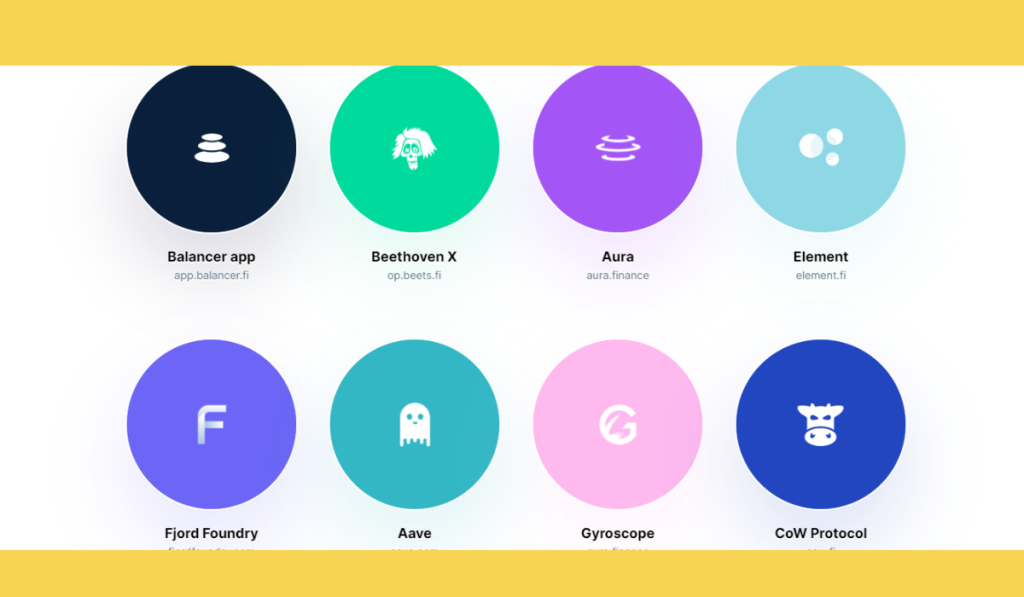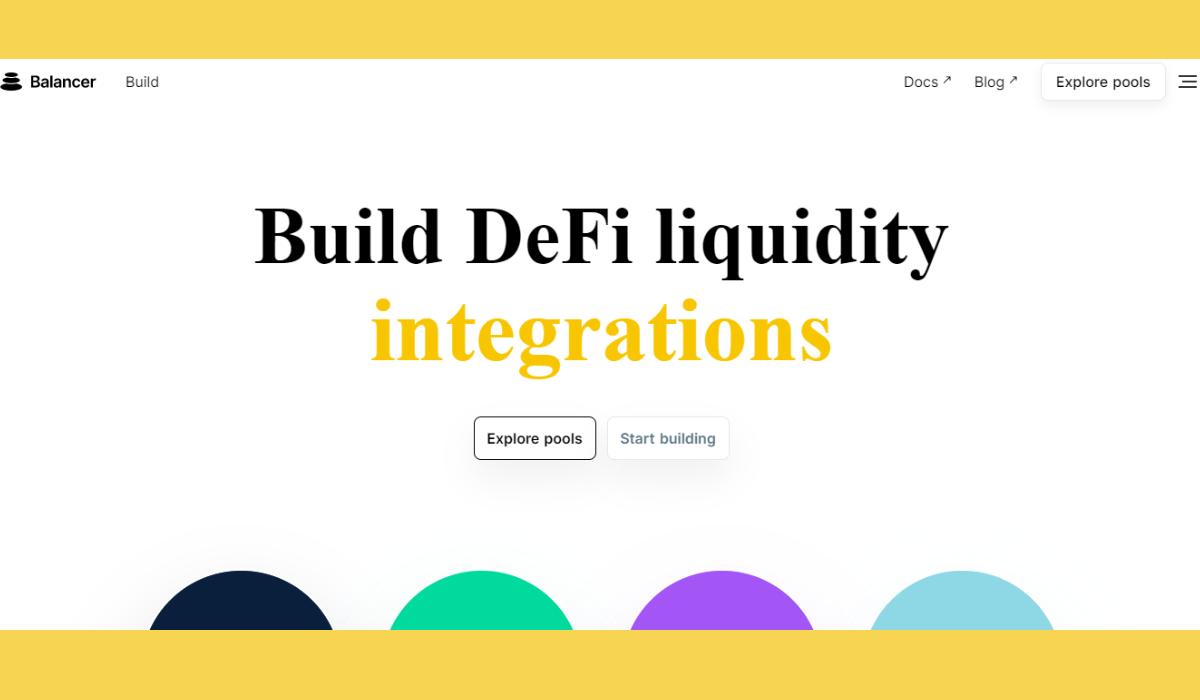What is Balancer BAL – Complete Information
The Balancer BAL is one of the leading Defi protocols where users can trade different crypto assets at a reasonable fee.
Decentralized exchanges are getting more popular among crypto investors as they ensure the privacy of their data while allowing them to earn passive income from their crypto assets. Unlike centralized exchanges, Defi protocols use liquidity pools to provide better trading opportunities to the users.
What is Balancer BAL?
The Balancer is an automated market maker (AMM) built on Ethereum that eliminates the need for a centralized exchange. The platform currently supports ERC-20 tokens. Unlike centralized exchanges, an automated market maker uses an algorithm to carefully execute the orders.

The users can access different features of Balancer by connecting their Metamask, Coinbase, WalletConnect, or Formatic wallet to the exchange. The Balancer is pretty much similar to an index fund where users can deposit their crypto assets to earn passive income.
However, Balancer uses its unique algorithm to automatically rebalance assets instead of using a manual approach. Thus, it provides equal earning opportunities for traders and liquidity providers. Unlike Exchange Trading Funds (ETFs), Balancer doesn’t only pay for holding digital assets but also compensates the users for providing liquidity.
Balancer issues multi-purpose Balancer tokens to the liquidity providers on a weekly basis. The users can exercise their voting rights in the network’s governance with these tokens. Not just that but the trading fee is also transferred to the liquidity providers for their contribution.
Balancer Brief History
Blockscience, a software consulting firm, introduced Balancer as a research project in 2018. It was designed to provide an automated market maker where users can trade different digital assets. In 2020, Balancer Labs raised around $3 million in funding by selling 5 million tokens. Moreover, the company awarded 25 million BAL tokens to its employees and shareholders.
Similarly, the company reserved 5 million tokens to reward the contributors in the future. The project went live in March 2020. In the beginning, it didn’t offer the level of decentralization offered by other decentralized exchanges. The team made several improvements over time to provide a better experience to the users.
The rewarding system of the Balancer ecosystem was initiated in mid-2020. In August 2020, the BAL token holders approved the proposal to reward the users who have BAL in their pool.
Balancer vs. Uniswap
Balancer and Uniswap are the leading players in the Defi space. Uniswap rewards the arbitrageurs who help with maintaining a balanced price because the platform doesn’t have a decentralized oracle. Uniswap enables users to trade cryptocurrencies with the lowest possible slippage because it offers the highest amount of liquidity in the Defi space.
The interesting thing about Balancer is that it handles up to eight cryptocurrencies in a single liquidity pool. Moreover, the Balancer offers a more competitive environment by allowing liquidity creators to change trading fees.
How Does Balancer Work?
Balancer uses a set of liquidity pools to support the trades. These pools can hold up to eight crypto assets at a time. The ratio of the crypto assets is determined at the time of creating the liquidity pools. For example, if a pool of three crypto tokens (ETH, LEND, and USDT) is created, the ratio can be chosen as 25%, 25%, and 50% respectively.
So, when the price of a token increases, additional tokens are made available for traders so they may take advantage of the rising price. At the same time, the platform rebalances the liquidity providers’ portfolios so they may continue earning the fees on their investments. The best part is that the users don’t have to pay for rebalancing services.
Balancer tries to achieve the highest yield on trades with its Smart Order Routing (SOR) system by calculating trading fees, traded amounts, and gas costs. Pool creators can set the fee from 0.0001% to 10%.
Liquidity Providers
Liquidity Providers can set their own strategies within the platform. The user can either choose an existing pool that complies with their requirements or they can create a new pool by setting their desired ratio.
Liquidity Pools
The liquidity pools are primarily divided into two groups including native and smart pools. The native pools are further divided into two groups. Controlled native pools provide the pool owner with complete authority over the pool. It means the pool owner has the authority to add or remove liquidity from the pool.
Similarly, the owner can manage other parameters such as fees, ratios, weights, and more. These kinds of pools are designed for users who are ready to trust the pool owners with their decisions.
Core pools, on the other hand, provide equal authority to the liquidity providers based on the number of tokens they have deposited. Smart pools are the recommended option for those who want to rely on the network’s algorithm for rebalancing. These pools provide equal benefits of private and core pools.
These pools can execute features like liquidity caps, trading pauses, dynamic fees, LP whitelisting, and more.
Traders
Traders can exchange different tokens within the platform to take advantage of the price changes. For example, if the price of BTC is increasing in the BTCETH pool, the traders will exchange ETH for BTC to earn some profit. The price of BTC may vary in different pools depending on the ratio of the tokens in the pool.
Balancer Tokenomics
BAL is the native token of the Balancer that is used to pay transaction fees. With a circulating supply of 46 million tokens, BAL has a market cap of $307 million. It has a total supply of 96 million tokens that will be released after regular intervals.
Conclusion
The balancer is one of the leading decentralized exchanges that allows users to trade different ERC-20 tokens for a reasonable fee. This exchange enables users to add up to eight digital assets in a single liquidity pool. Moreover, it gives the pool creators the authority to adjust different parameters of the pool.
If you need more information about Balancer, feel free to get in touch with us.











